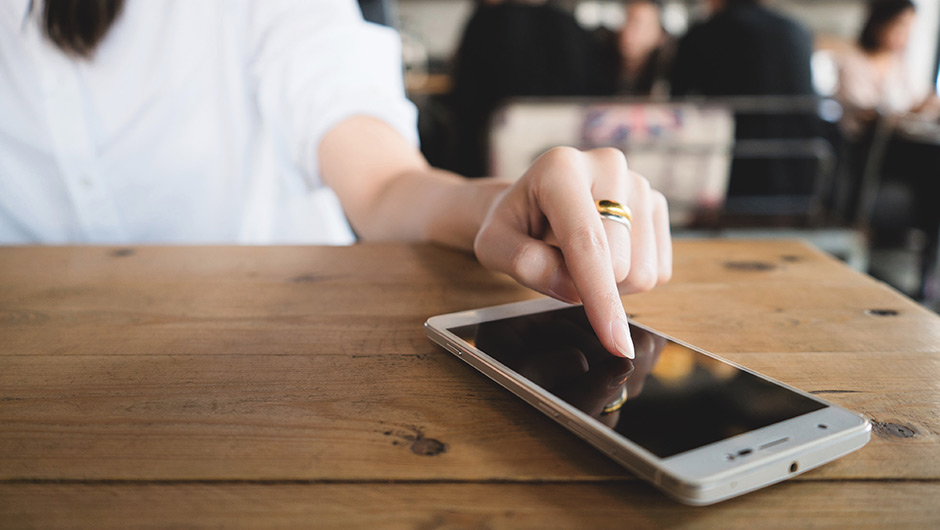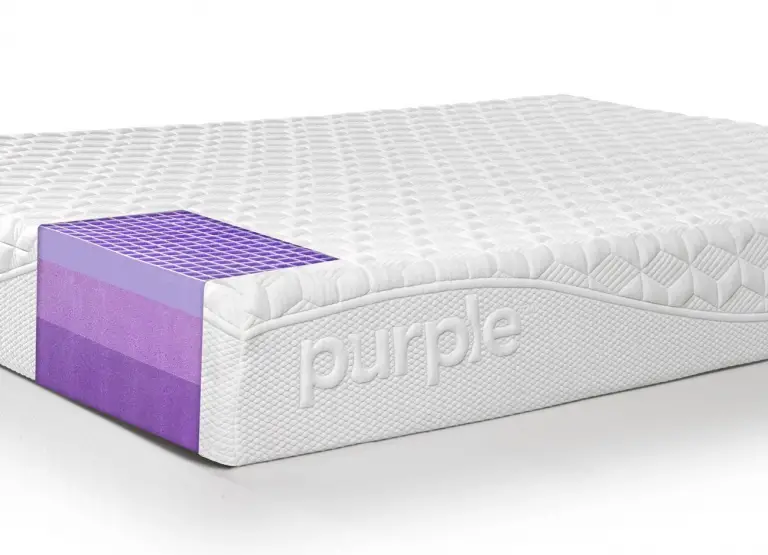One of the most popular and effective ways to unclog a bathroom sink is by using a simple mixture of vinegar and baking soda. This combination creates a chemical reaction that can break down and dissolve any build-up or blockage in your pipes. To use this method, start by pouring half a cup of baking soda down your drain. Then, follow it with half a cup of vinegar. You can cover the drain with a cloth or stopper to contain the fizzing reaction. After about 15 minutes, pour hot water down the drain to flush out the mixture and any loosened debris. This method is not only effective but also environmentally friendly and safe for your pipes.1. Vinegar and Baking Soda Method
If you have a stubborn clog in your bathroom sink, a plunger can be a useful tool to dislodge it. This method works best for clogs that are caused by hair or other debris stuck in the drain. First, fill your sink with enough water to cover the rubber suction cup of the plunger. Then, place the plunger over the drain and make a tight seal. Push and pull the plunger vigorously to create suction and pressure that can dislodge and push the clog through the pipes. Repeat this process a few times, and if successful, you should see the water drain quickly. If the water is still draining slowly, try using a plumbing snake or calling a professional plumber for further assistance.2. Plunger Method
One of the simplest and quickest ways to unclog a bathroom sink is with hot water. This method is best for small clogs that are caused by soap scum or other greasy substances. Start by boiling a pot of water on your stovetop. Once it reaches a rolling boil, carefully pour it down your drain in a slow, steady stream. The hot water will help break down and loosen any build-up or blockage in your pipes, allowing it to flow through the drain. Be cautious when using this method as the hot water can cause damage to plastic pipes or seals. It is also not recommended for clogs caused by hair or solid objects.3. Boiling Water Method
If you don't have a plumbing snake on hand, a wire hanger can be used as a DIY alternative to unclog your bathroom sink. This method is ideal for clogs caused by hair or other debris. Start by straightening out a wire hanger, leaving the hook at one end intact. Then, bend the other end into a small hook or loop that can fit down your drain. Use the hanger to fish out any hair or debris that may be causing the clog. Once you have removed as much of the clog as possible, run hot water down the drain to flush out the remaining pieces. This method may require a few attempts, but it can be an effective way to unclog your bathroom sink without any specialized tools.4. Wire Hanger Method
If you have a wet and dry vacuum, it can be a handy tool to unclog your bathroom sink. This method works best for clogs caused by solid objects or larger debris. Start by setting your vacuum to the wet setting and covering the vent with a cloth or towel to create suction. Place the vacuum hose over the drain and turn it on to suck out the clog. You may need to move the hose around to get a good seal and remove the clog completely. Once you have removed as much of the clog as possible, run hot water down the drain to flush out any remaining debris. This method may not be suitable for all types of clogs, so be cautious when using it.5. Wet and Dry Vacuum Method
Similar to the vinegar and baking soda method, a mixture of salt and baking soda can be used to unclog your bathroom sink. This method is best for clogs caused by grease or food particles. To use this method, mix equal parts salt and baking soda and pour it down your drain. Then, follow it with a cup of hot water. The salt and baking soda will create a chemical reaction that can break down and dissolve any greasy substances blocking your pipes. Let the mixture sit for about 15 minutes before pouring hot water down the drain to flush out the loosened debris.6. Salt and Baking Soda Method
If you have a clog caused by soap scum or grease, dish soap can be an effective solution to unclog your bathroom sink. This method works best for smaller clogs that are not too severe. To use this method, pour a small amount of dish soap down your drain. Then, follow it with hot water and let it sit for a few minutes. The dish soap will help to break down and loosen any build-up or blockage in your pipes. After a few minutes, pour hot water down the drain to flush out the mixture and any loosened debris. You may need to repeat this process a few times to completely clear the clog.7. Dish Soap and Hot Water Method
If you prefer to use a natural and eco-friendly solution to unclog your bathroom sink, an enzyme cleaner can be an effective option. These cleaners contain enzymes that can break down organic matter and unclog your pipes. To use this method, pour the recommended amount of enzyme cleaner down your drain and let it sit for a few hours or overnight. The enzymes will work to break down and dissolve any build-up or blockage in your pipes. Once the cleaner has had time to work, run hot water down the drain to flush out the loosened debris. You may need to repeat this process a few times for severe clogs.8. Enzyme Cleaner Method
If all else fails, a plumbing snake can be a useful tool to unclog your bathroom sink. This method is best for severe clogs or clogs caused by solid objects. To use this method, insert the end of the plumbing snake into your drain and turn the handle to maneuver it through the pipes. As you encounter resistance, turn the handle to break through the clog or pull it out. Once you have removed the clog, run hot water down the drain to flush out any remaining debris. If you don't have a plumbing snake, you can also use a bent wire hanger as a DIY alternative.9. Plumbing Snake Method
For tougher clogs, a combination of hydrogen peroxide and baking soda can help to unclog your bathroom sink. This method works best for clogs caused by hair, food particles, or soap scum. To use this method, start by pouring a cup of baking soda down your drain. Then, follow it with a cup of hydrogen peroxide. Let the mixture sit for about 10 minutes before pouring hot water down the drain to flush out the loosened debris. You may need to repeat this process a few times for stubborn clogs, but it is an effective and affordable way to unclog your bathroom sink without any harsh chemicals.10. Hydrogen Peroxide and Baking Soda Method
Save Time and Money with These DIY Ways to Unclog Your Bathroom Sink

Introduction
 Is a clogged bathroom sink causing you frustration and inconvenience? Don't worry, you're not alone. Clogs in bathroom sinks are a common household problem, but the good news is that you don't always need to call a plumber to fix it. With a little bit of know-how and some easy DIY solutions, you can unclog your bathroom sink and get back to your daily routine in no time. Plus, you'll save yourself the hassle and expense of hiring a professional. In this article, we'll discuss some
DIY ways to unclog your bathroom sink
using items you probably already have at home. So, roll up your sleeves and let's get to work!
Is a clogged bathroom sink causing you frustration and inconvenience? Don't worry, you're not alone. Clogs in bathroom sinks are a common household problem, but the good news is that you don't always need to call a plumber to fix it. With a little bit of know-how and some easy DIY solutions, you can unclog your bathroom sink and get back to your daily routine in no time. Plus, you'll save yourself the hassle and expense of hiring a professional. In this article, we'll discuss some
DIY ways to unclog your bathroom sink
using items you probably already have at home. So, roll up your sleeves and let's get to work!
1. Use a Plunger
 One of the most effective ways to unclog a bathroom sink is by using a plunger. This tool creates suction that can dislodge the clog and allow water to flow freely down the drain. First, remove the pop-up drain stopper from the sink. Then, fill the sink with enough water to cover the rubber part of the plunger. Next, place the plunger over the drain and firmly push down and pull up several times. The suction created should help loosen and remove the clog. Finally, run hot water down the drain to flush out any remaining debris.
One of the most effective ways to unclog a bathroom sink is by using a plunger. This tool creates suction that can dislodge the clog and allow water to flow freely down the drain. First, remove the pop-up drain stopper from the sink. Then, fill the sink with enough water to cover the rubber part of the plunger. Next, place the plunger over the drain and firmly push down and pull up several times. The suction created should help loosen and remove the clog. Finally, run hot water down the drain to flush out any remaining debris.
2. Try Baking Soda and Vinegar
 Another
DIY solution for unclogging your bathroom sink
is using a combination of baking soda and vinegar. Baking soda is a natural cleaning agent and vinegar is a natural disinfectant, making them a powerful duo for unclogging drains. Start by pouring half a cup of baking soda down the drain, followed by half a cup of white vinegar. Let the mixture sit for 10-15 minutes, then pour hot water down the drain to flush out the clog. If the clog is stubborn, you may need to repeat this process a few times.
Another
DIY solution for unclogging your bathroom sink
is using a combination of baking soda and vinegar. Baking soda is a natural cleaning agent and vinegar is a natural disinfectant, making them a powerful duo for unclogging drains. Start by pouring half a cup of baking soda down the drain, followed by half a cup of white vinegar. Let the mixture sit for 10-15 minutes, then pour hot water down the drain to flush out the clog. If the clog is stubborn, you may need to repeat this process a few times.
3. Use a Wire Hanger
 If you don't have a plunger or baking soda and vinegar on hand, a wire hanger can also do the trick. First, straighten out the hanger and create a small hook at one end. Then, insert the hook into the drain and use it to fish out any hair or debris that may be causing the clog. Once you've removed as much as you can, run hot water down the drain to flush out the remaining debris.
If you don't have a plunger or baking soda and vinegar on hand, a wire hanger can also do the trick. First, straighten out the hanger and create a small hook at one end. Then, insert the hook into the drain and use it to fish out any hair or debris that may be causing the clog. Once you've removed as much as you can, run hot water down the drain to flush out the remaining debris.
Conclusion
 A clogged bathroom sink can be a major inconvenience, but with these
DIY solutions
, you can easily unclog it yourself. Remember to always use caution when attempting to unclog a drain and if the clog persists, it may be time to call a professional plumber. By following these simple steps, you can save yourself time and money while keeping your bathroom sink running smoothly.
A clogged bathroom sink can be a major inconvenience, but with these
DIY solutions
, you can easily unclog it yourself. Remember to always use caution when attempting to unclog a drain and if the clog persists, it may be time to call a professional plumber. By following these simple steps, you can save yourself time and money while keeping your bathroom sink running smoothly.



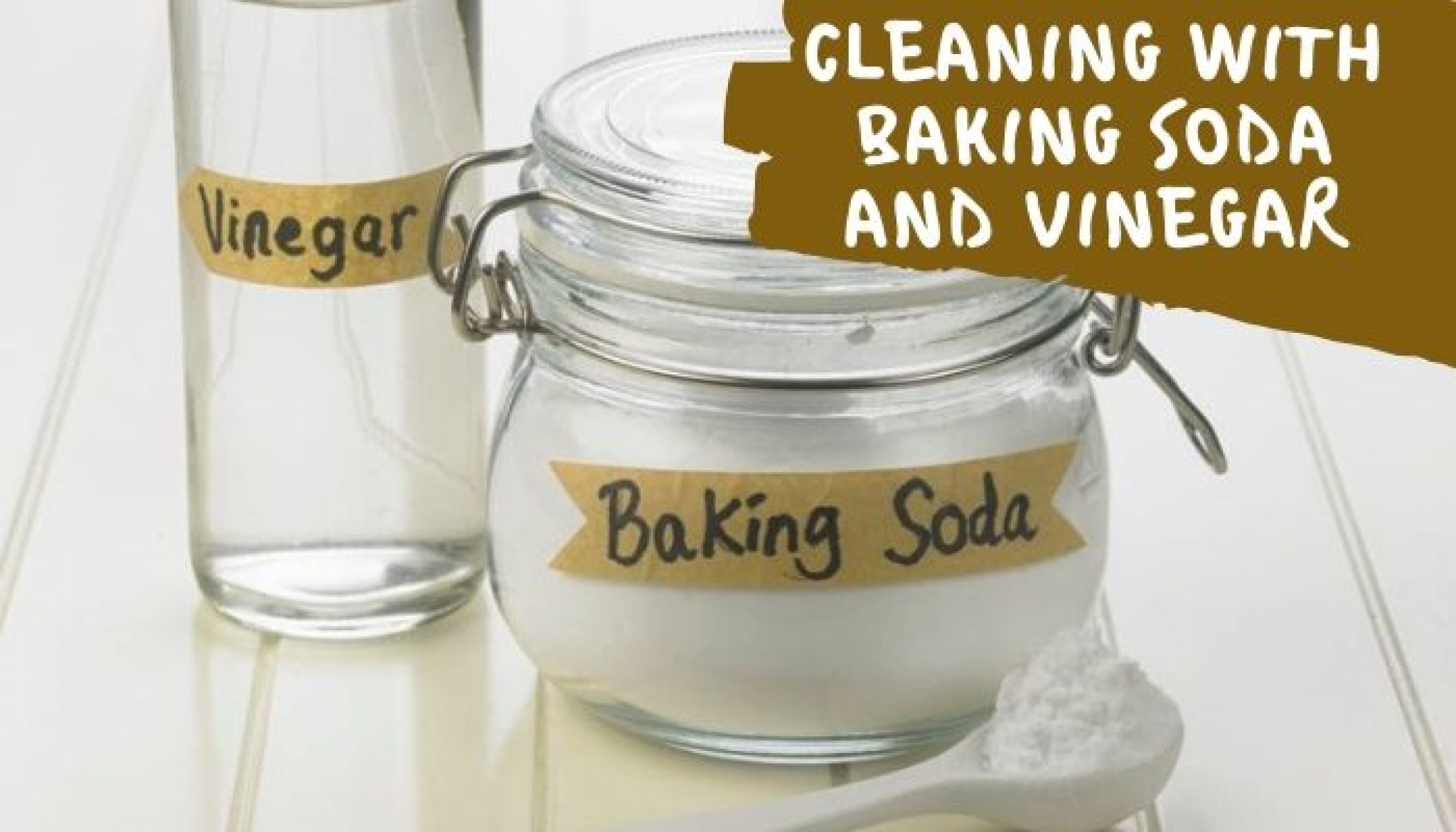
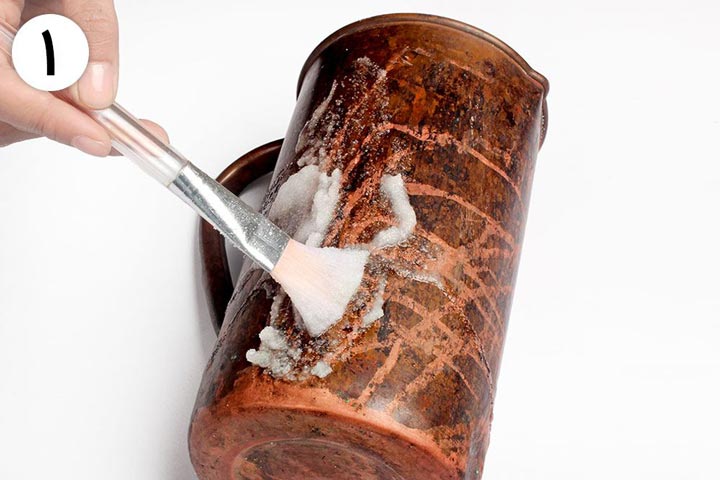
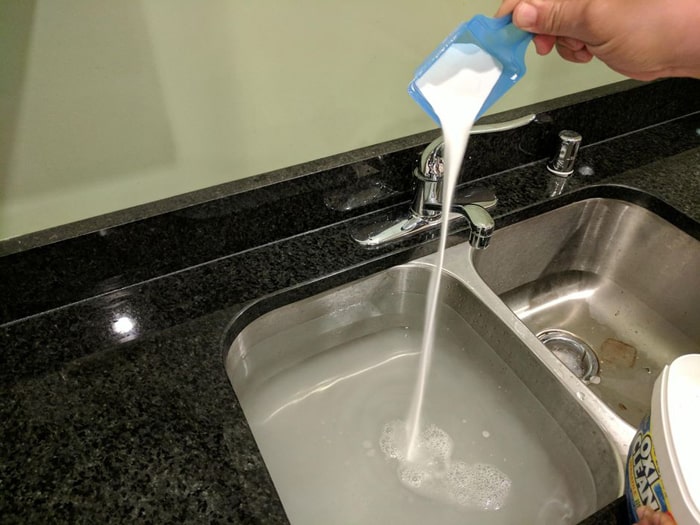
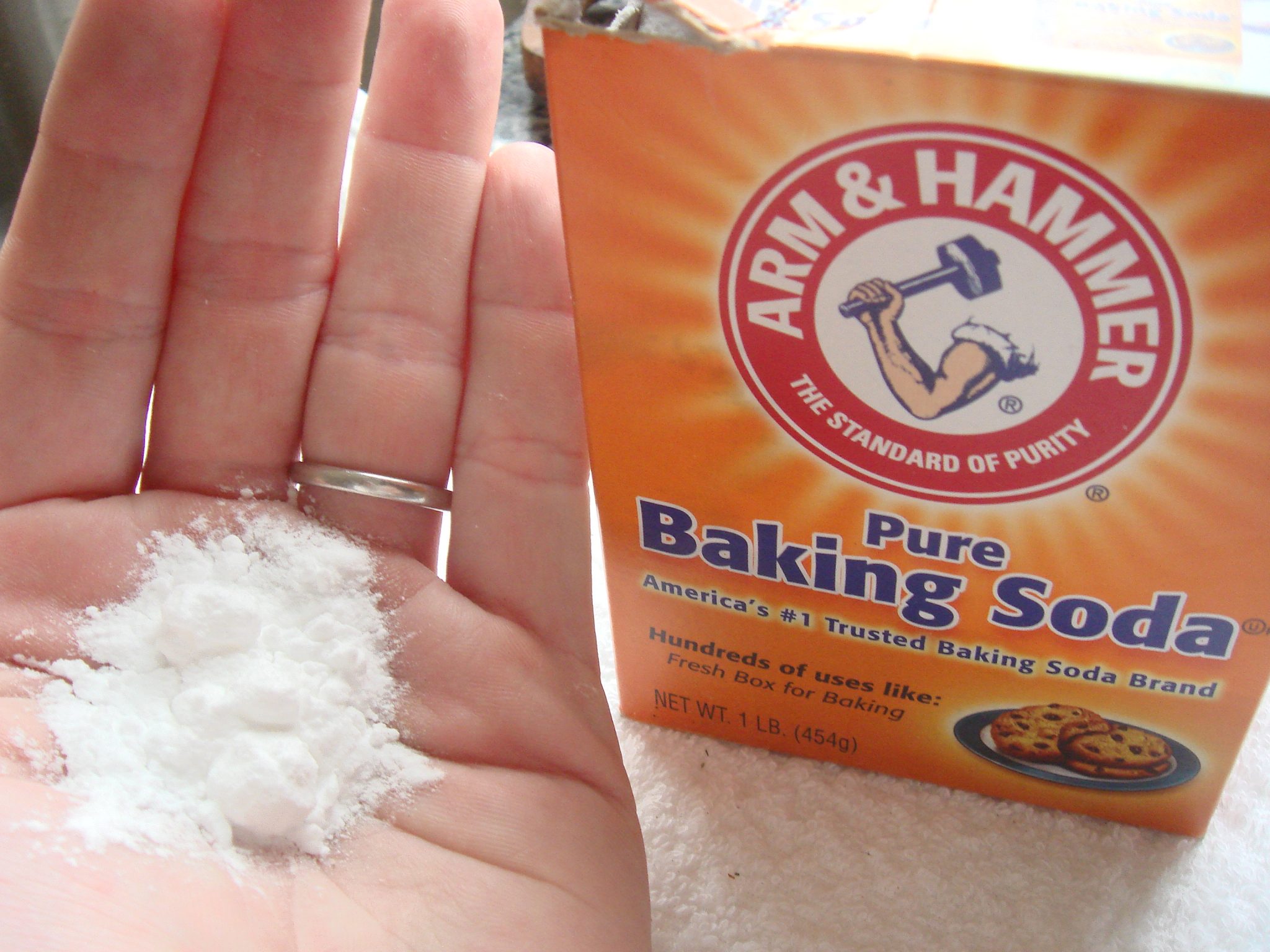
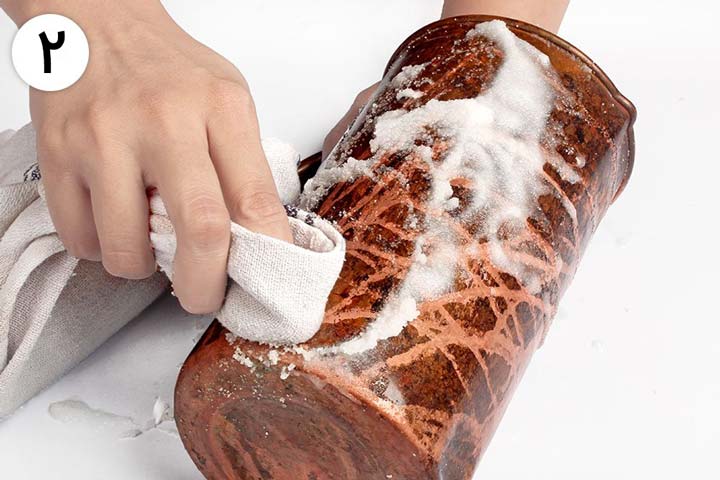








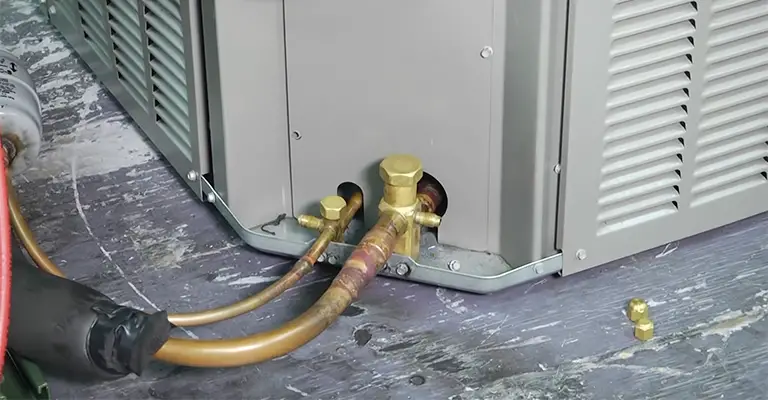



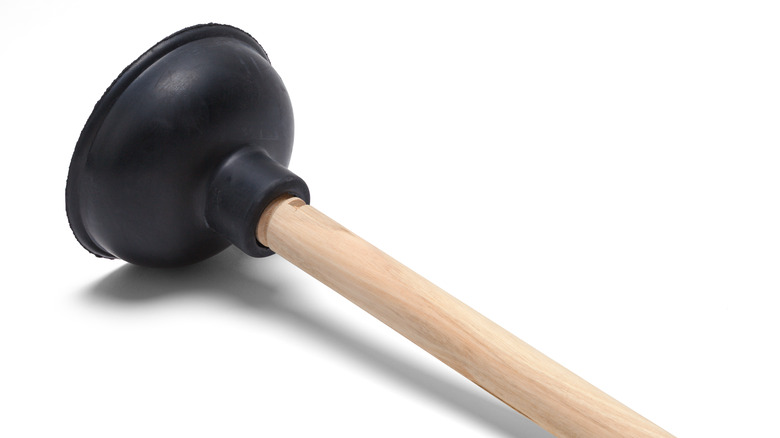




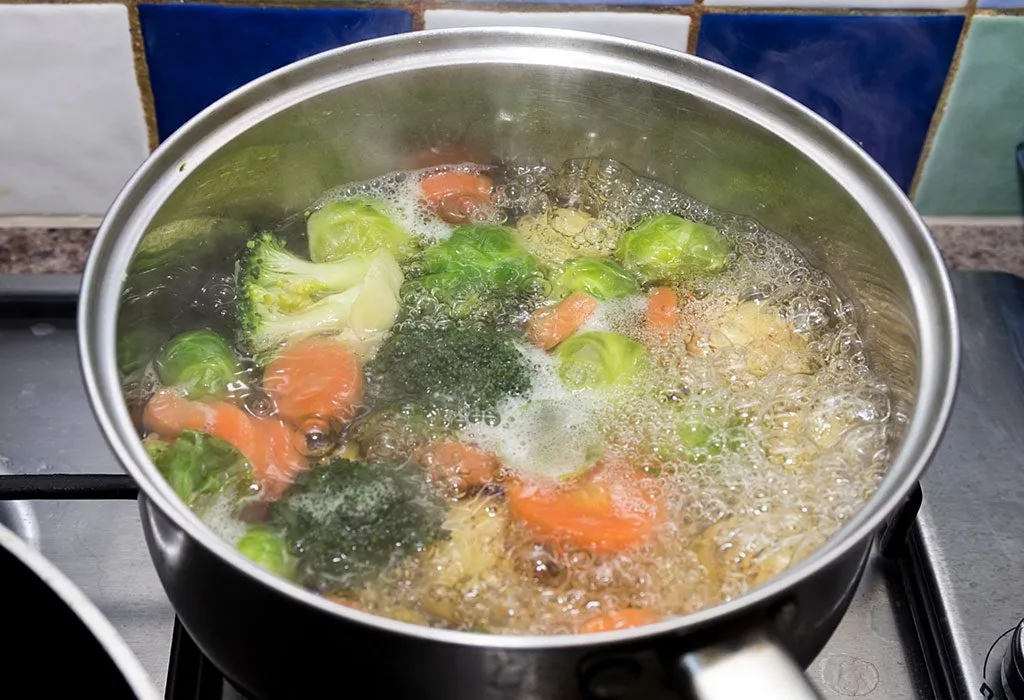
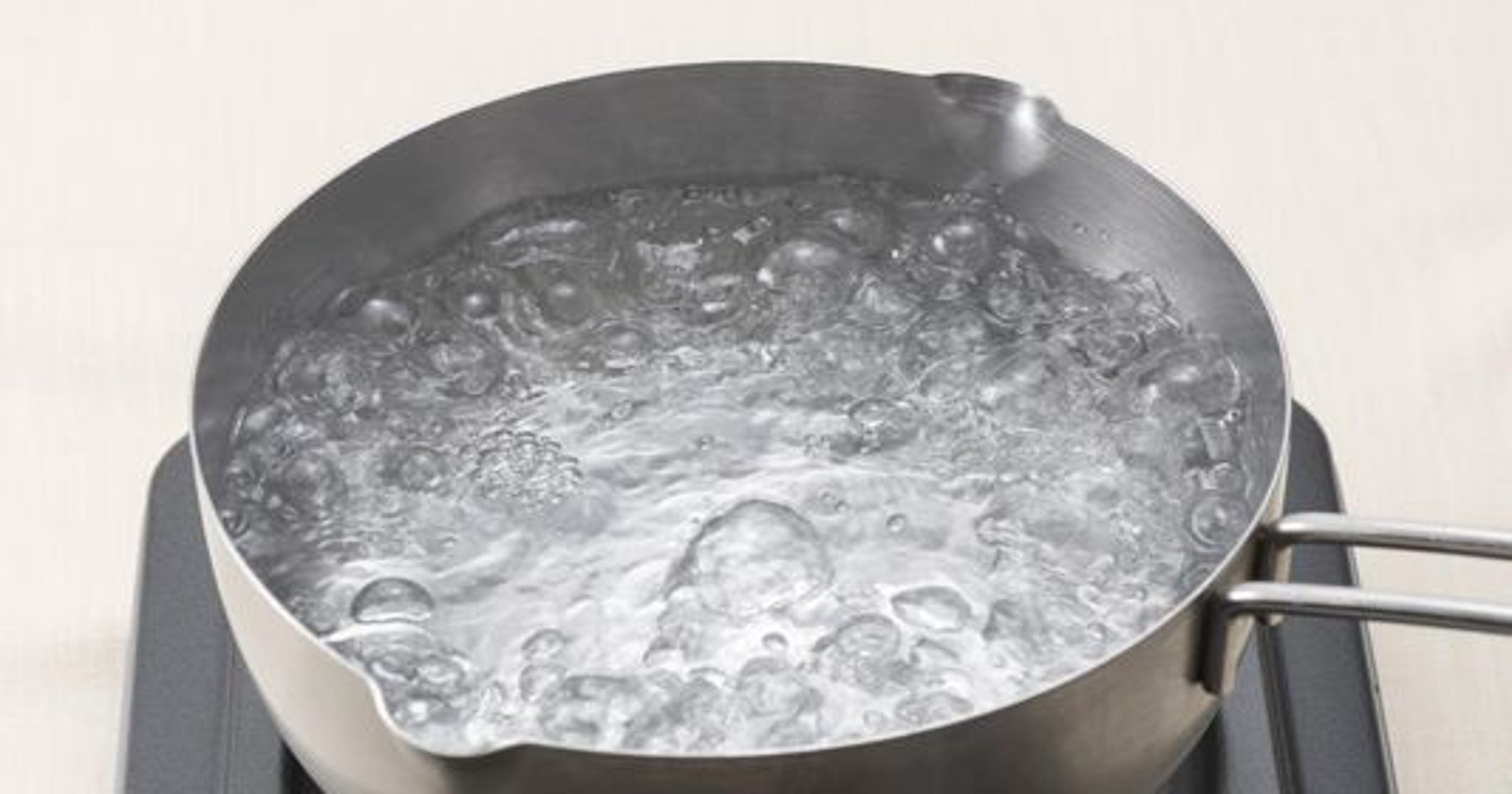
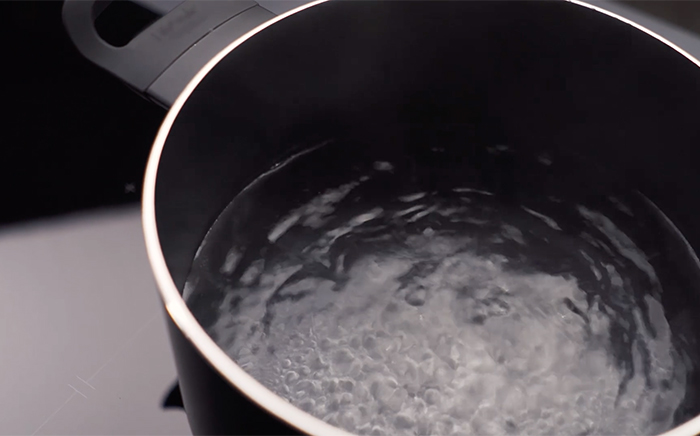



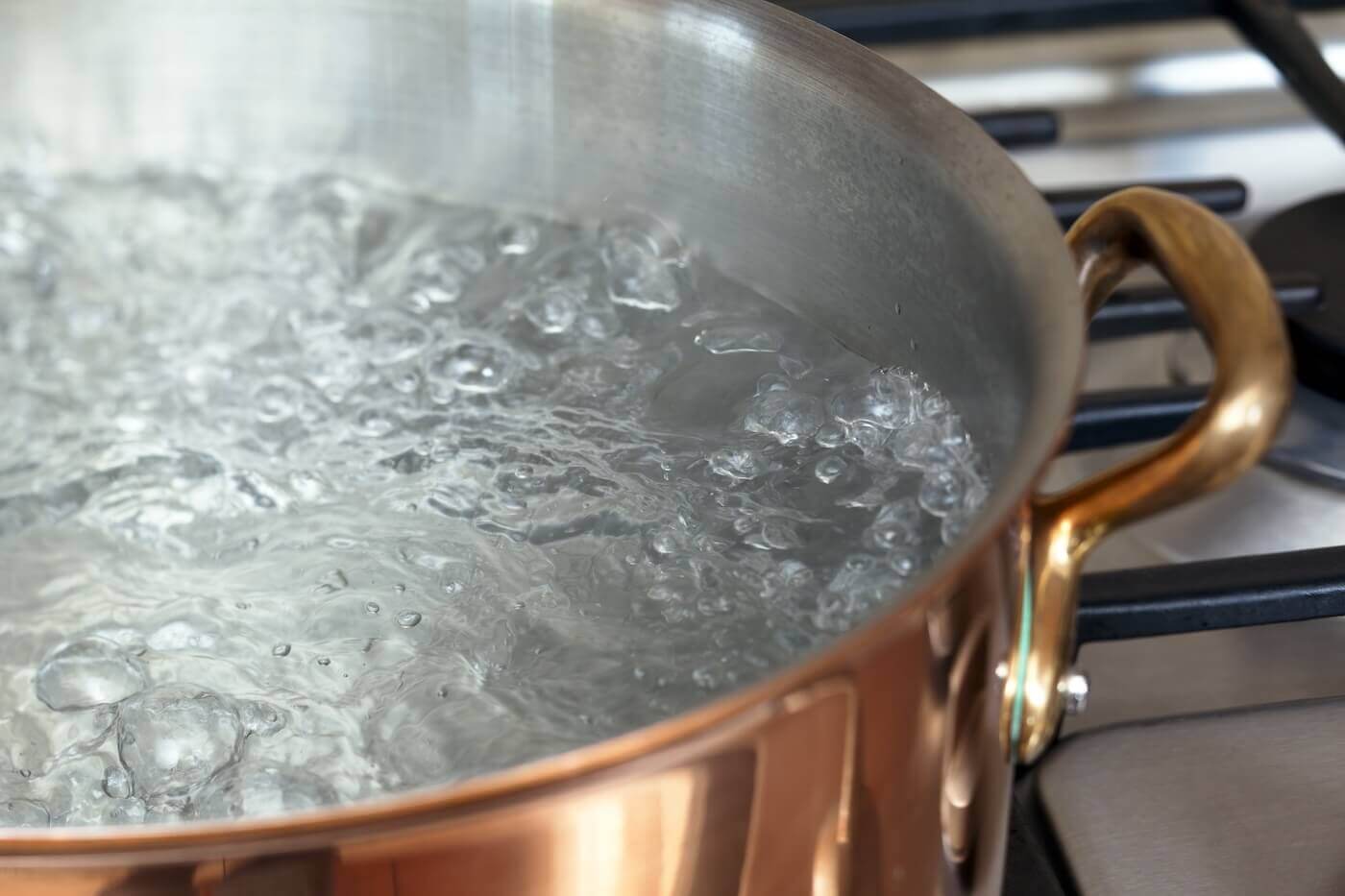
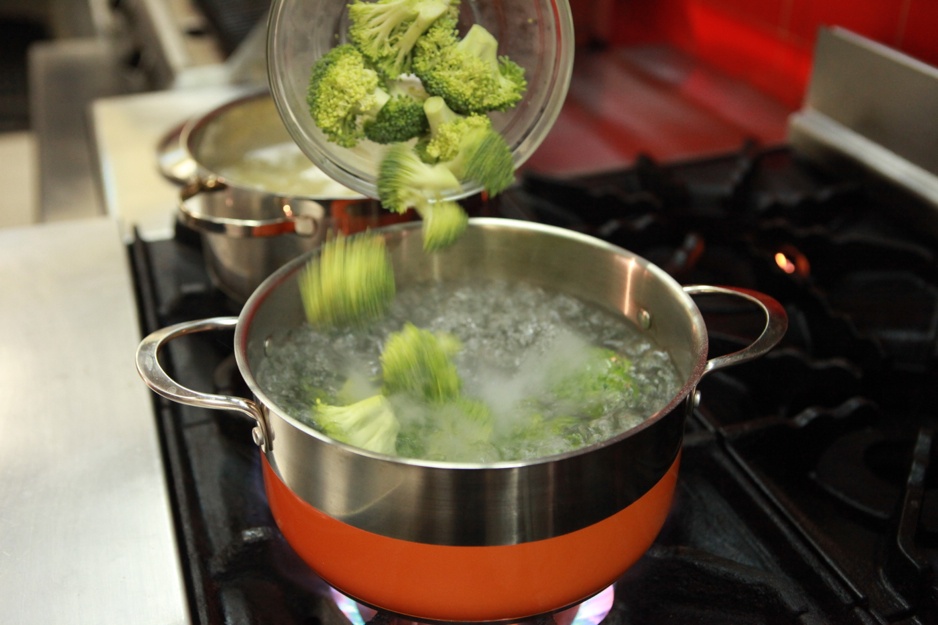
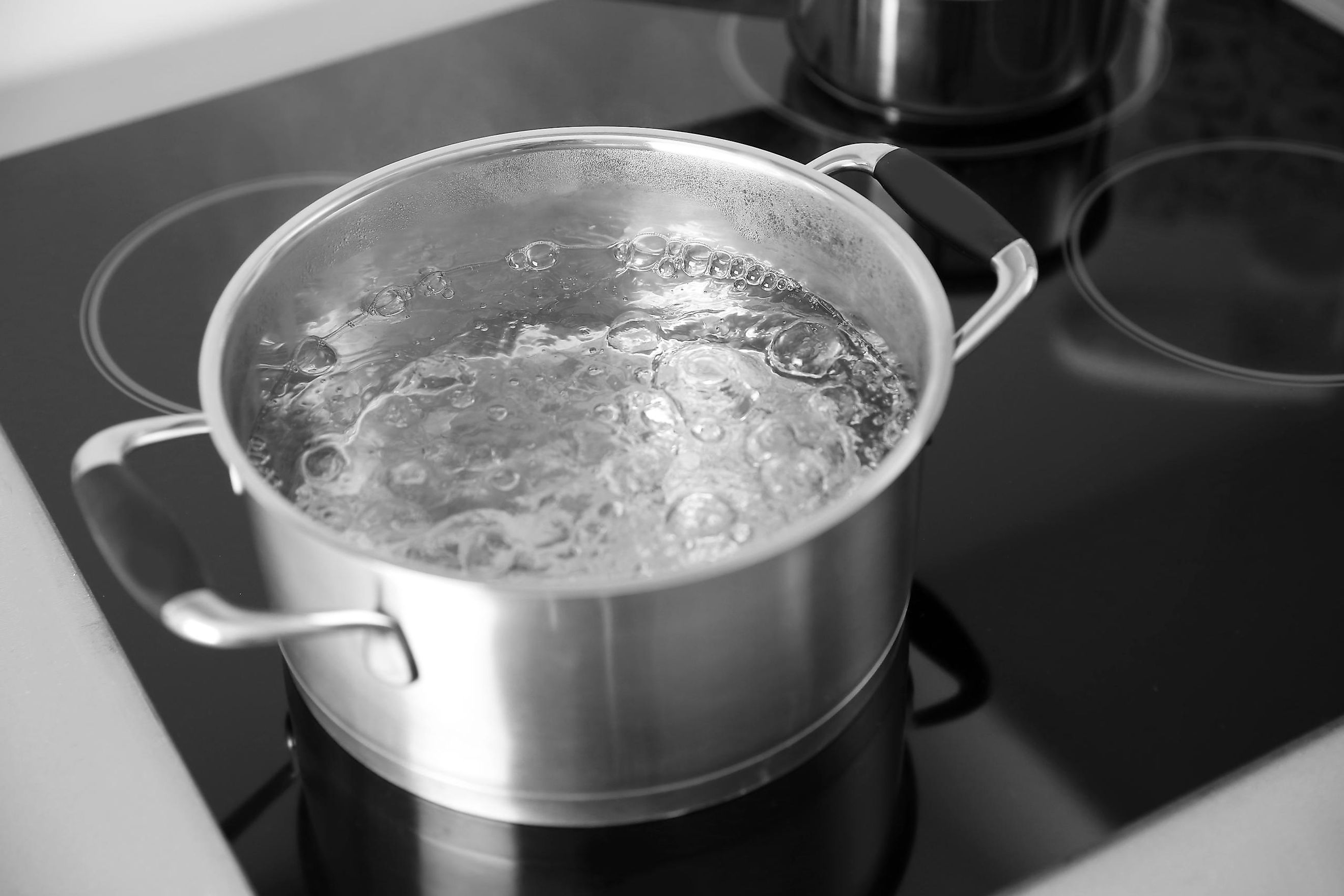
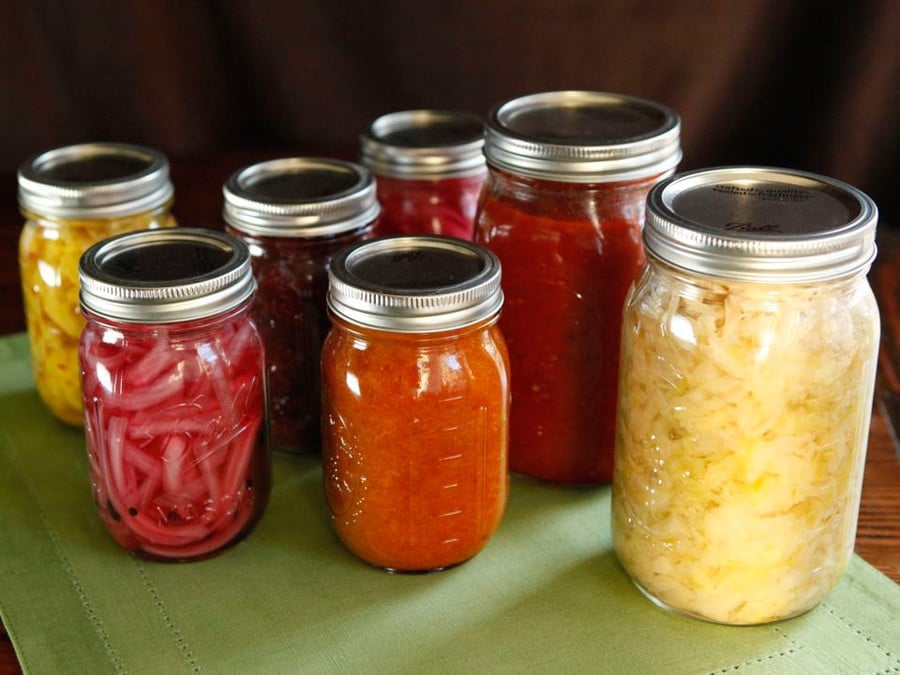




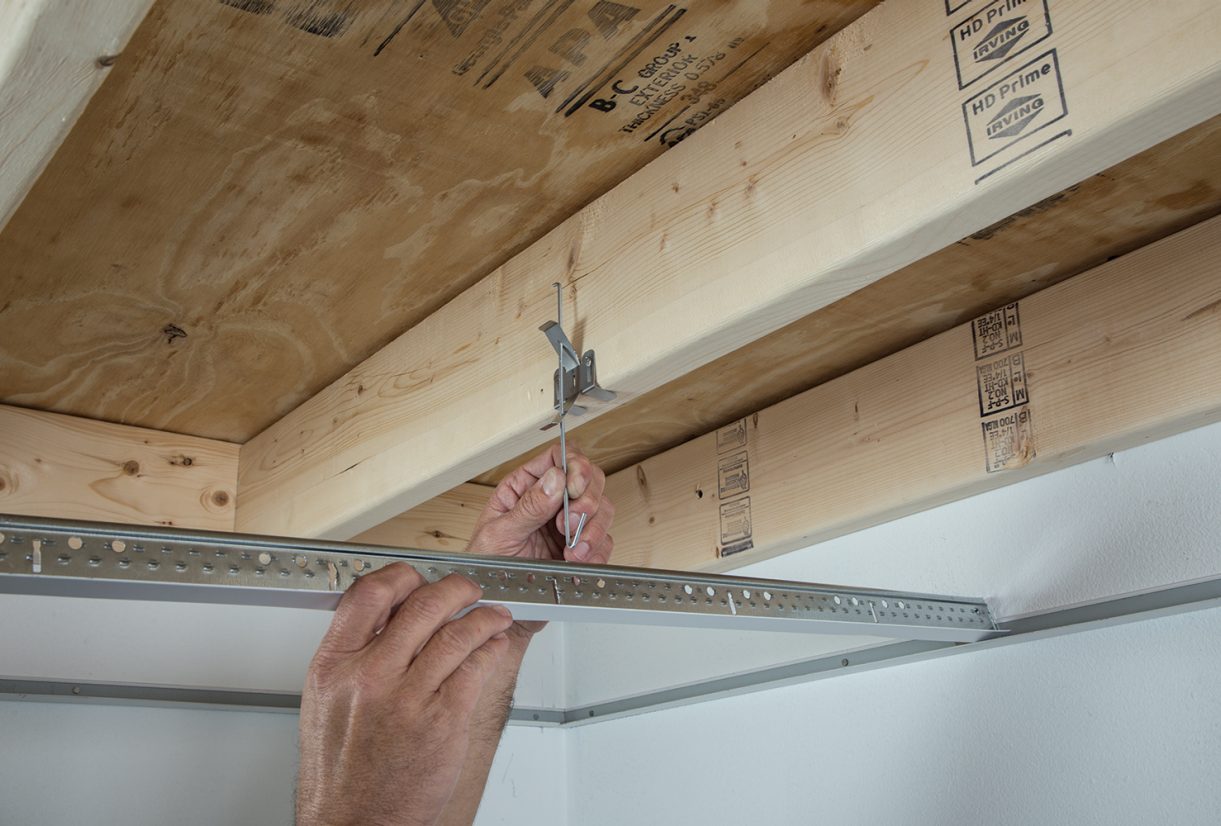






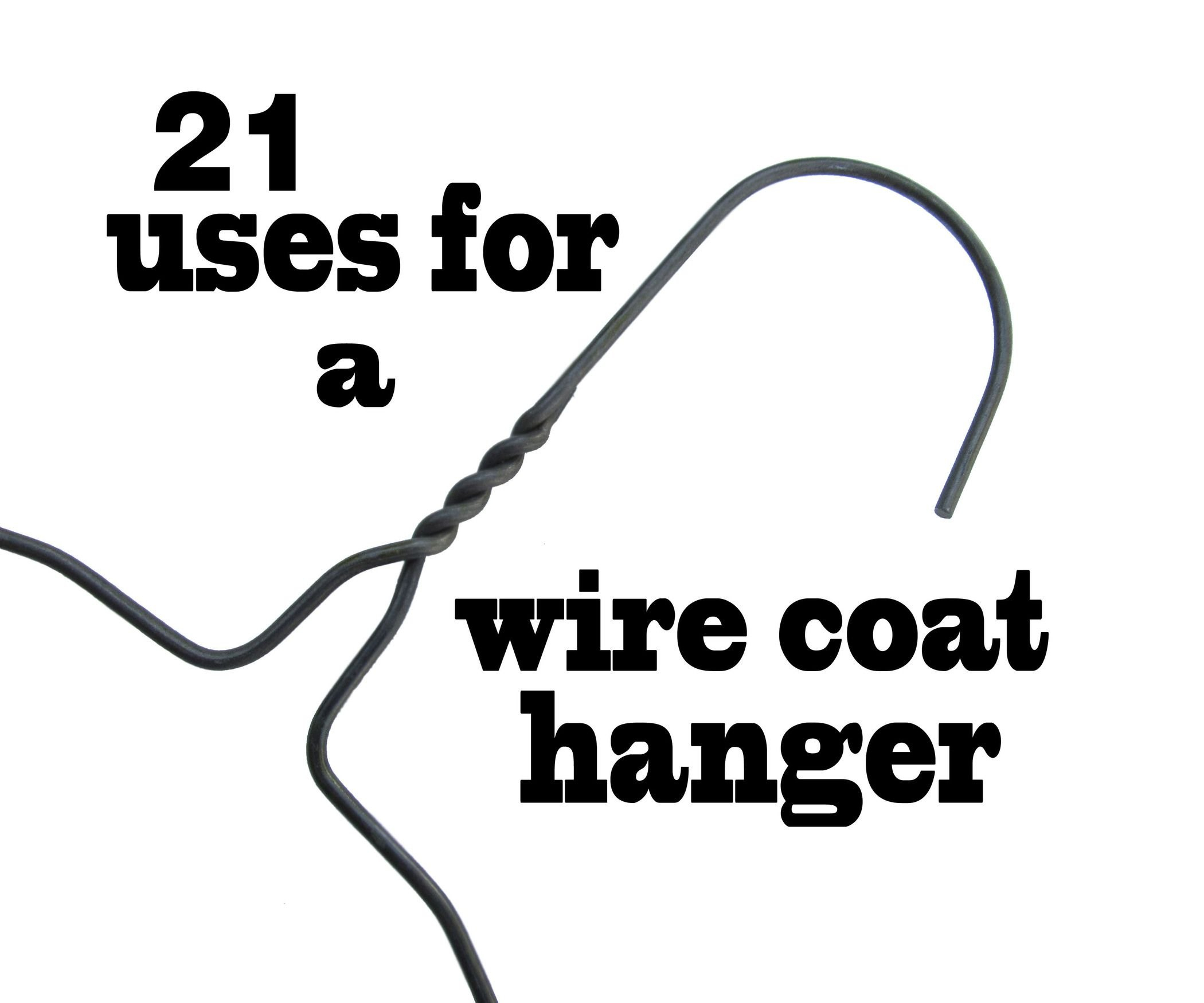









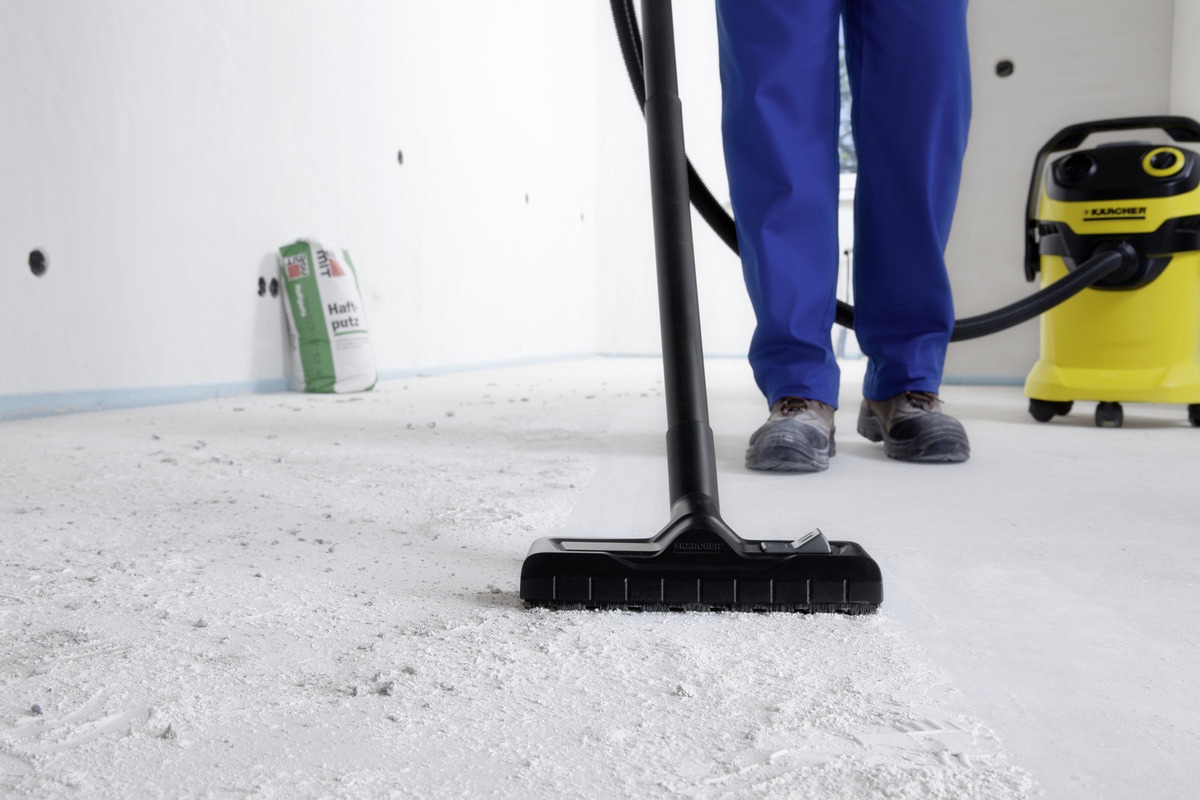
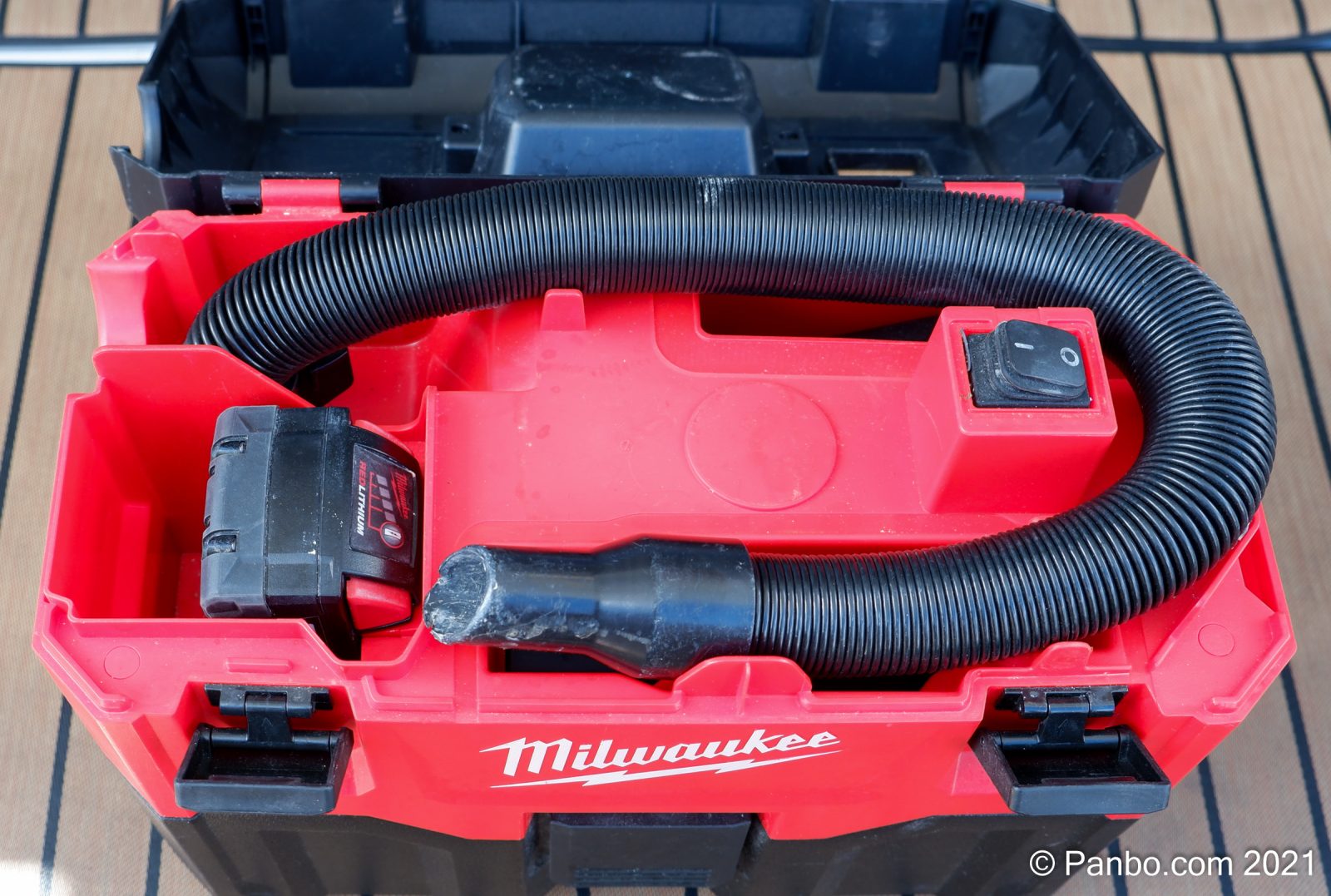

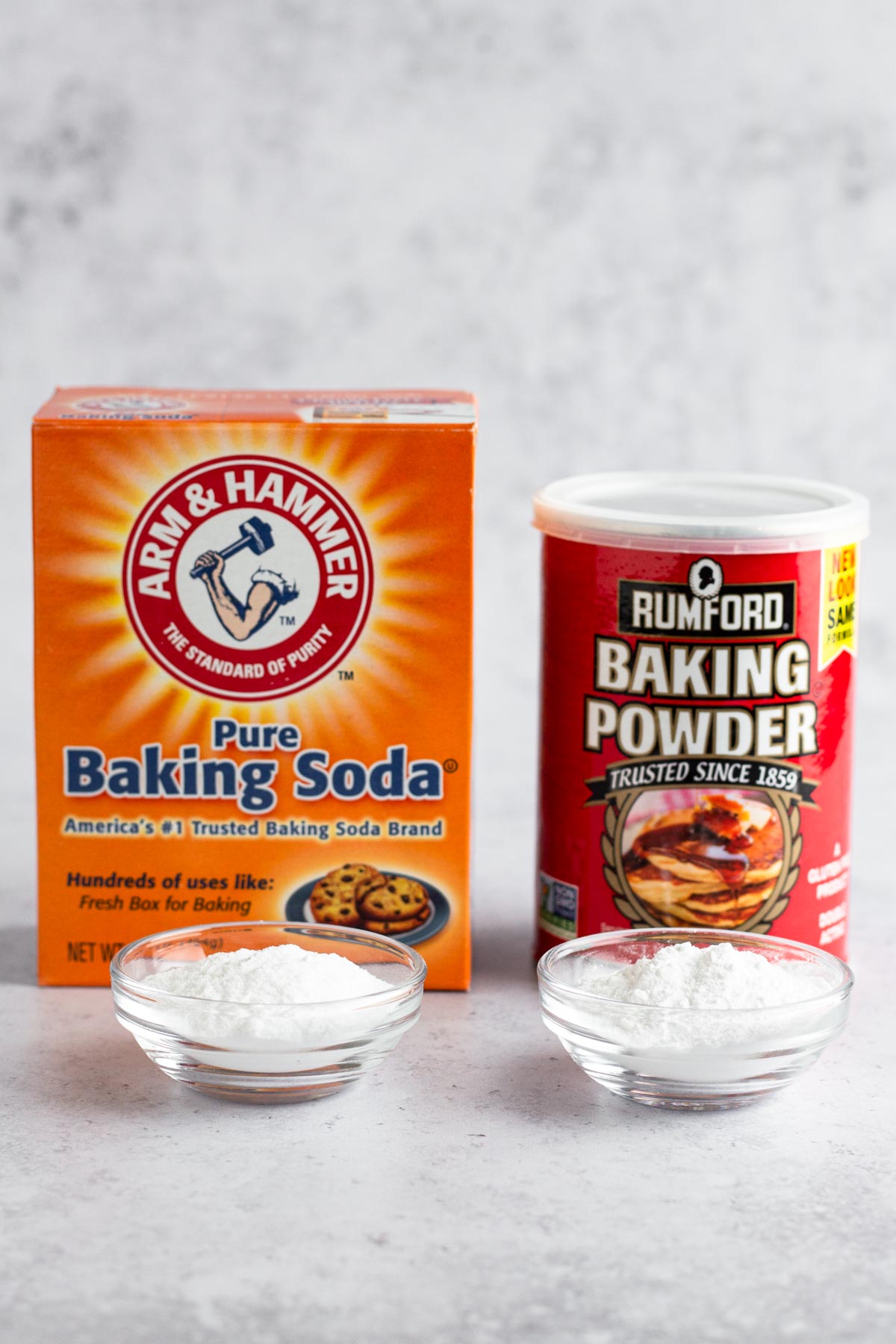






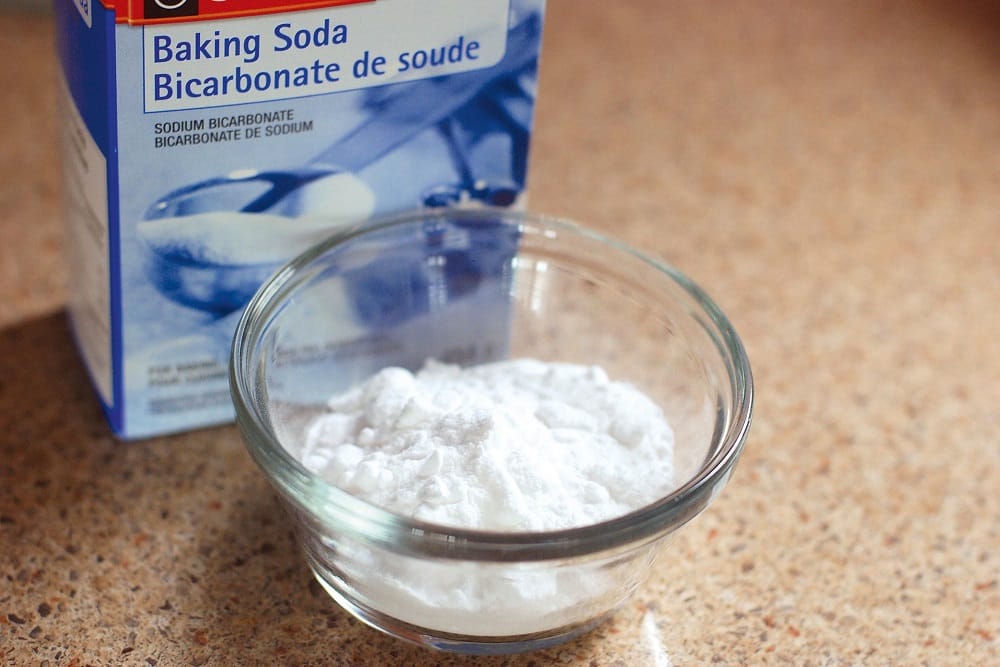

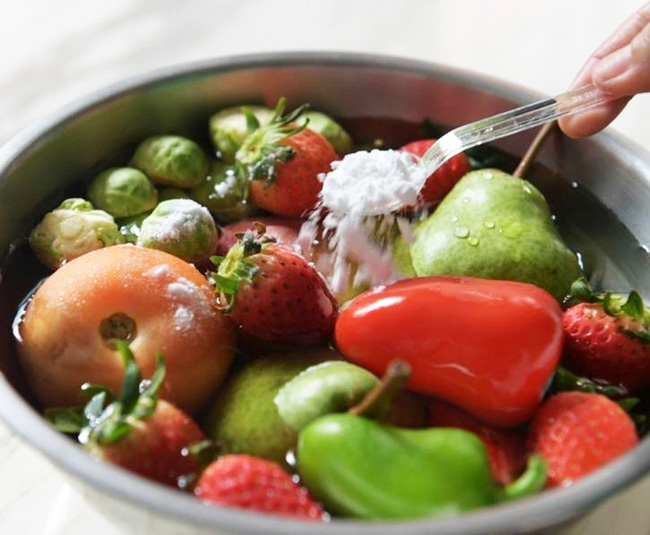
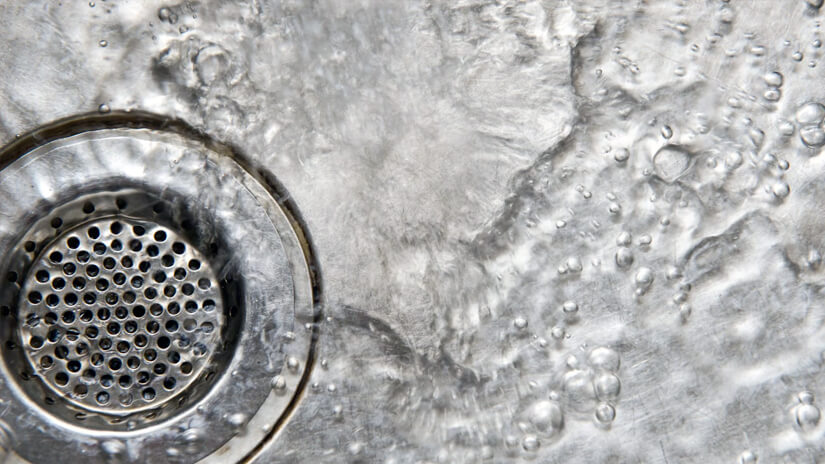



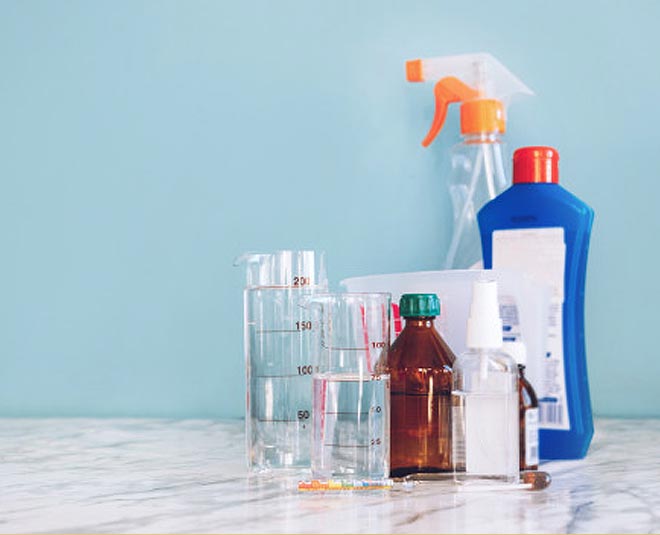


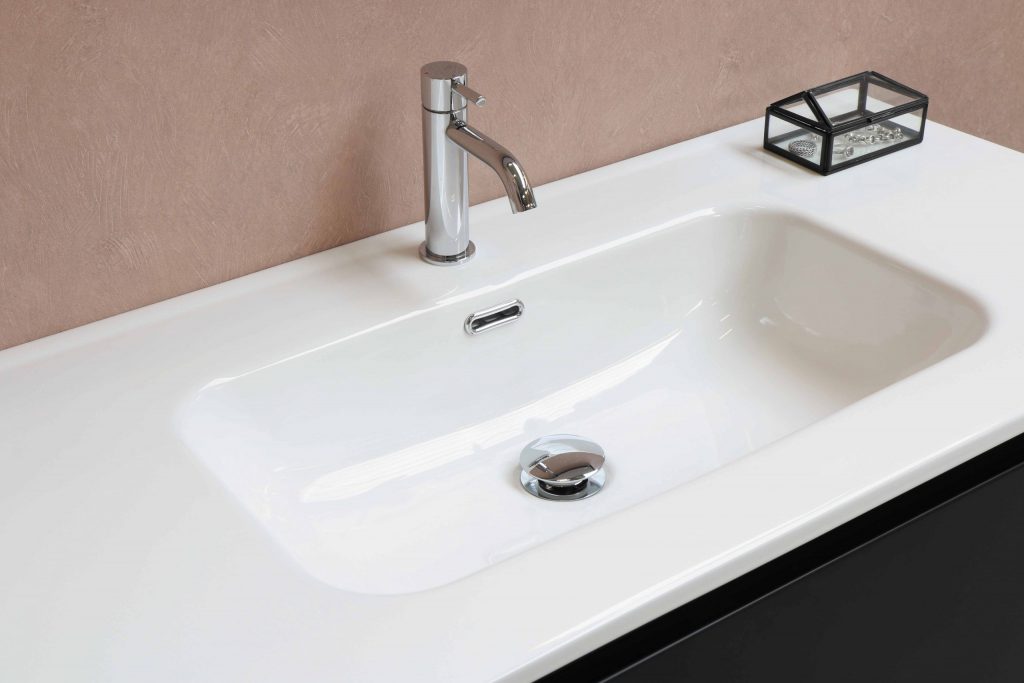


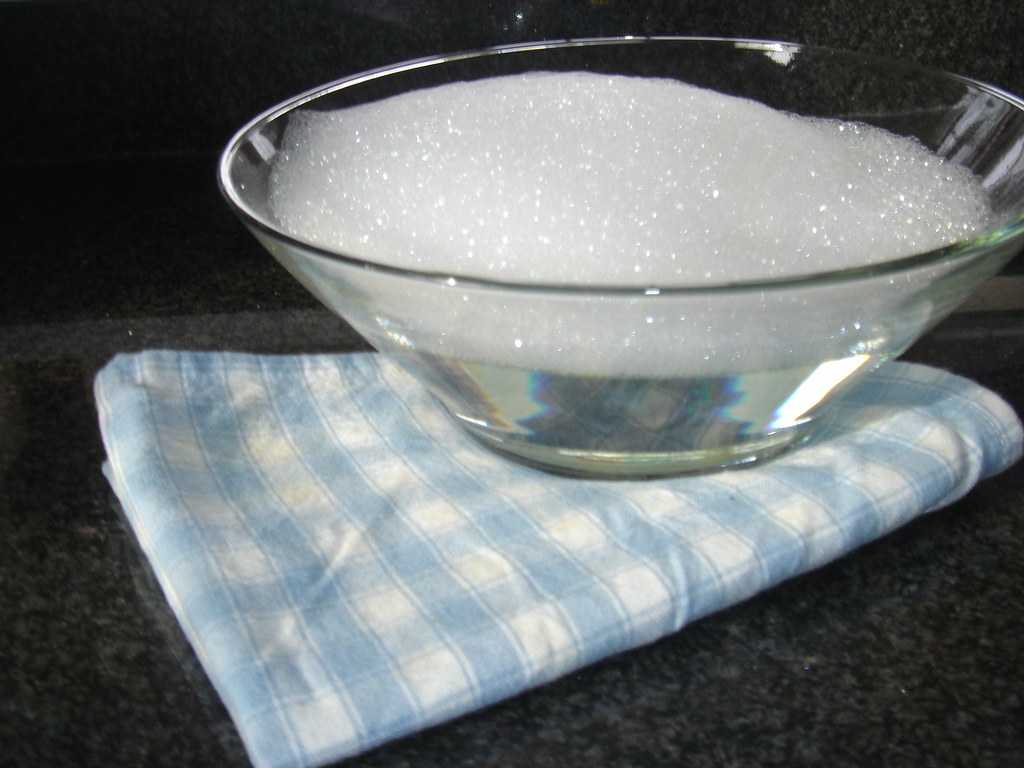

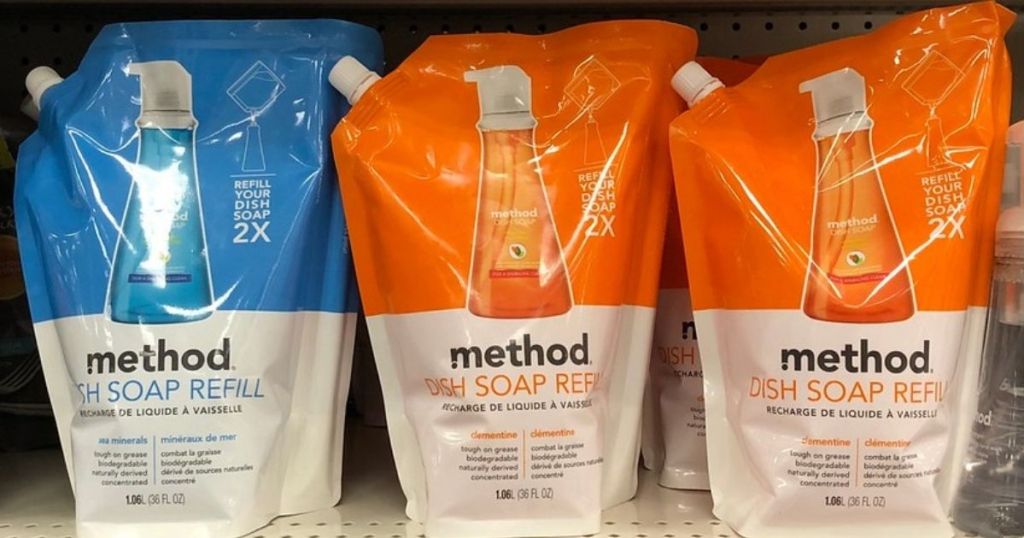



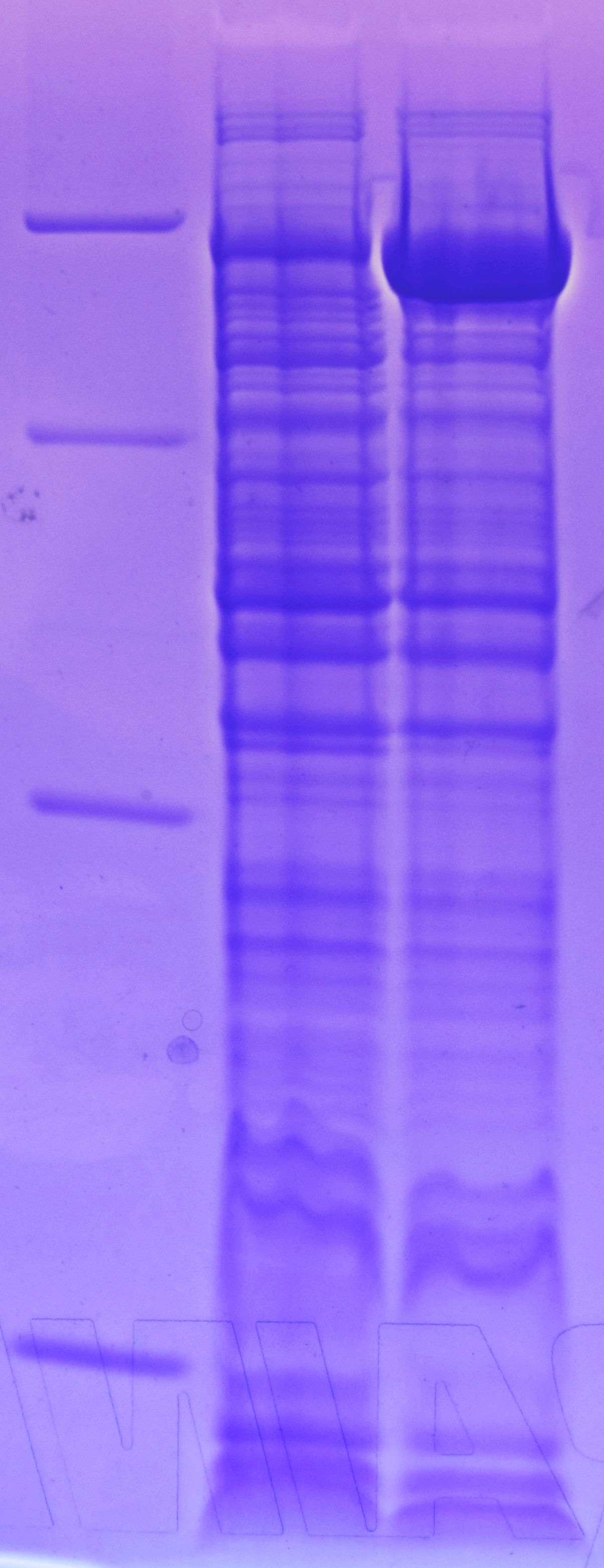
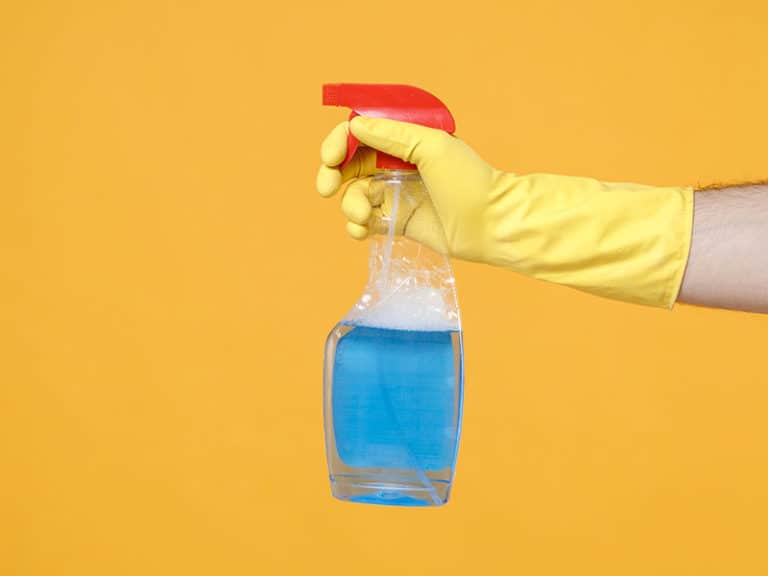




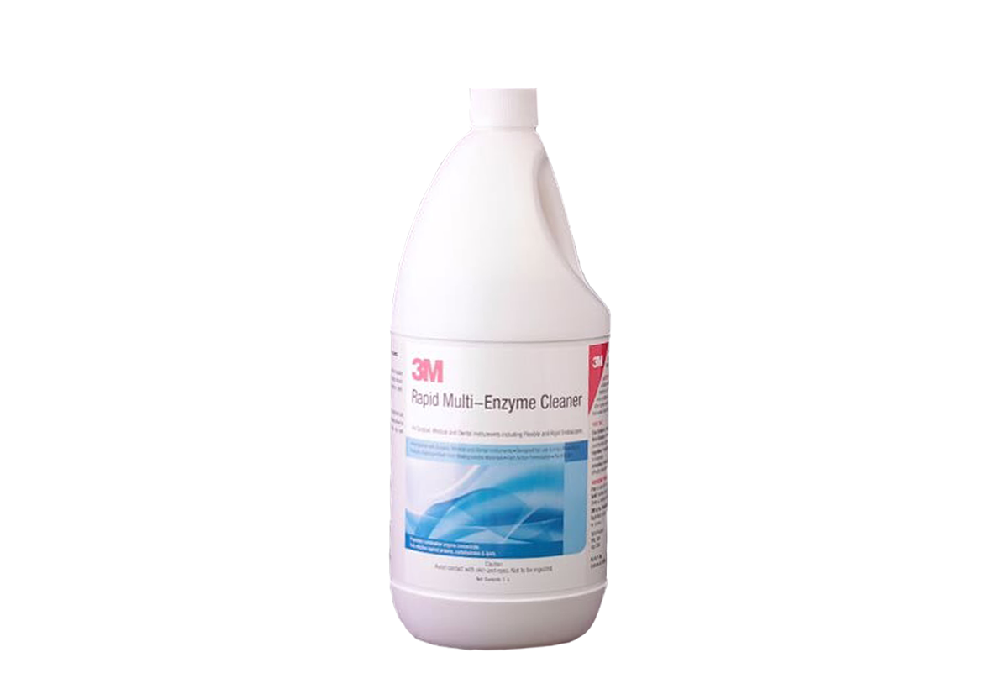
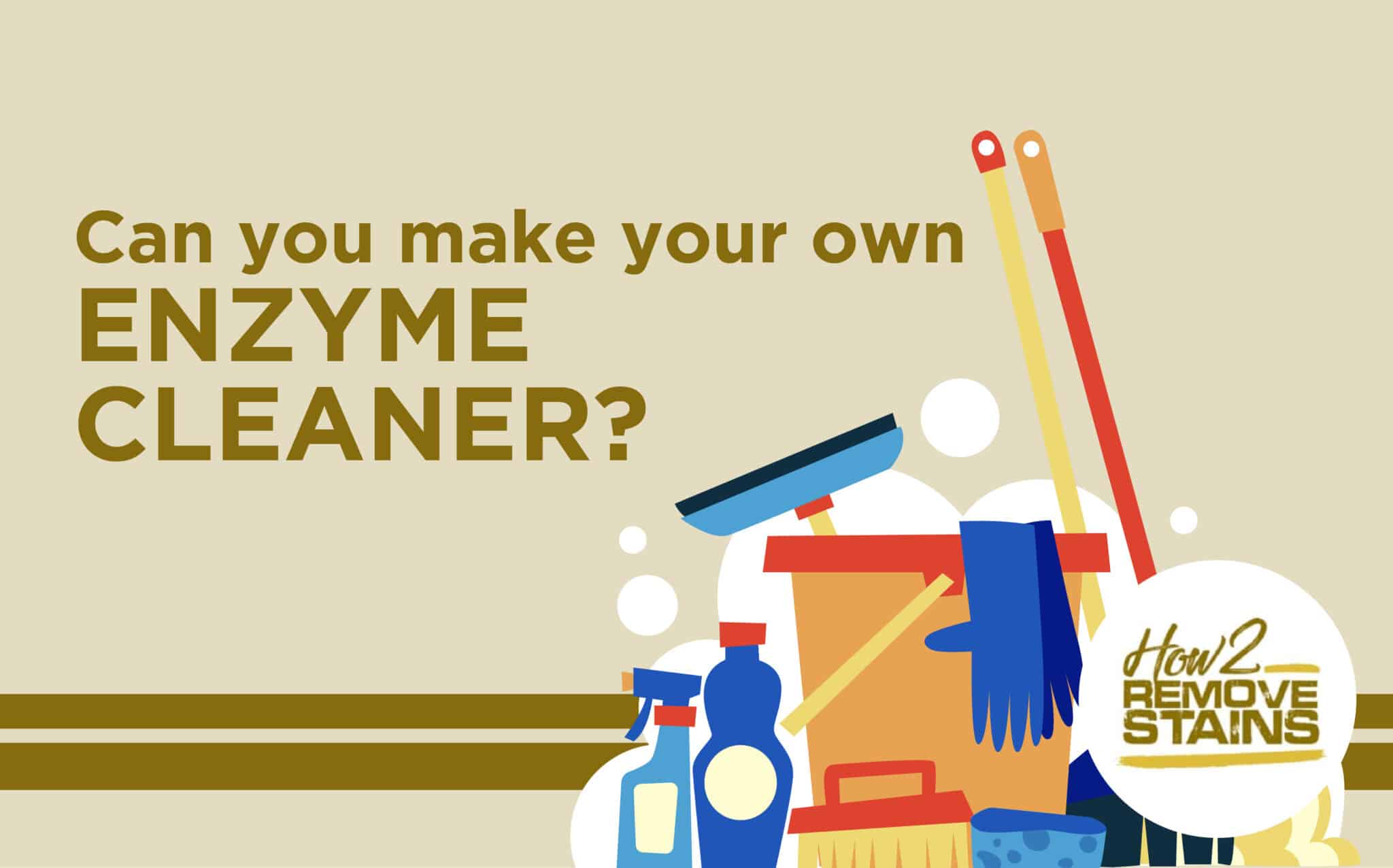

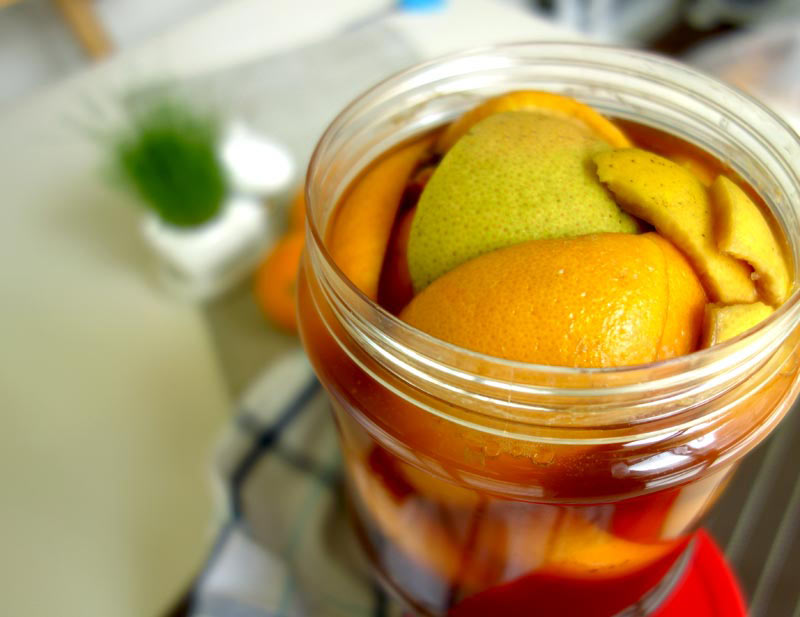

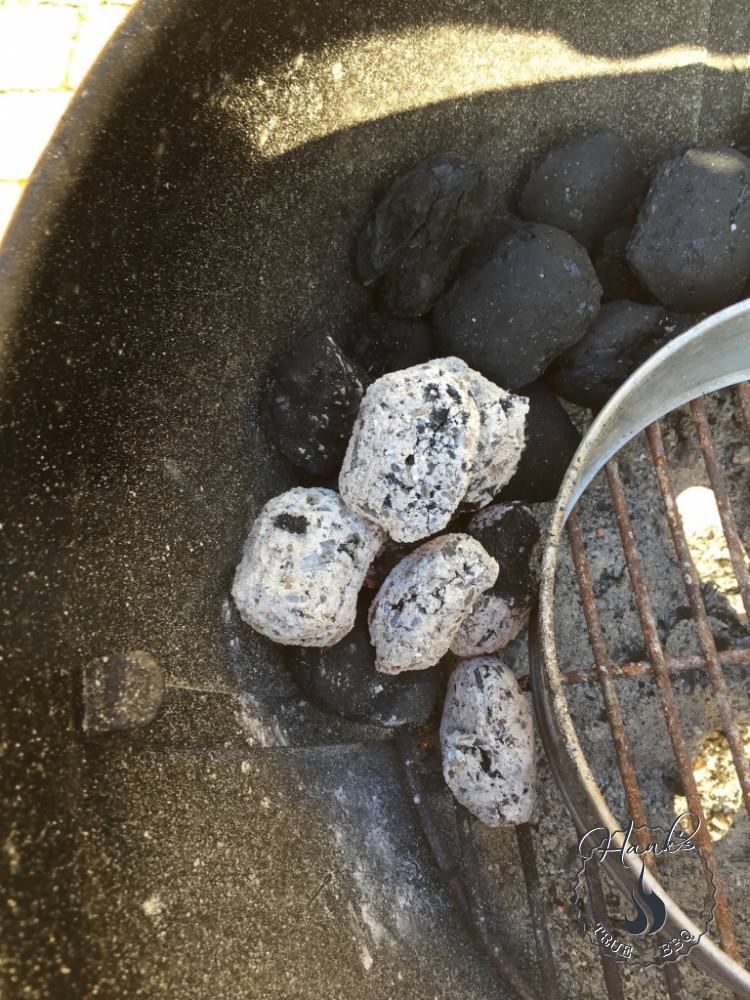






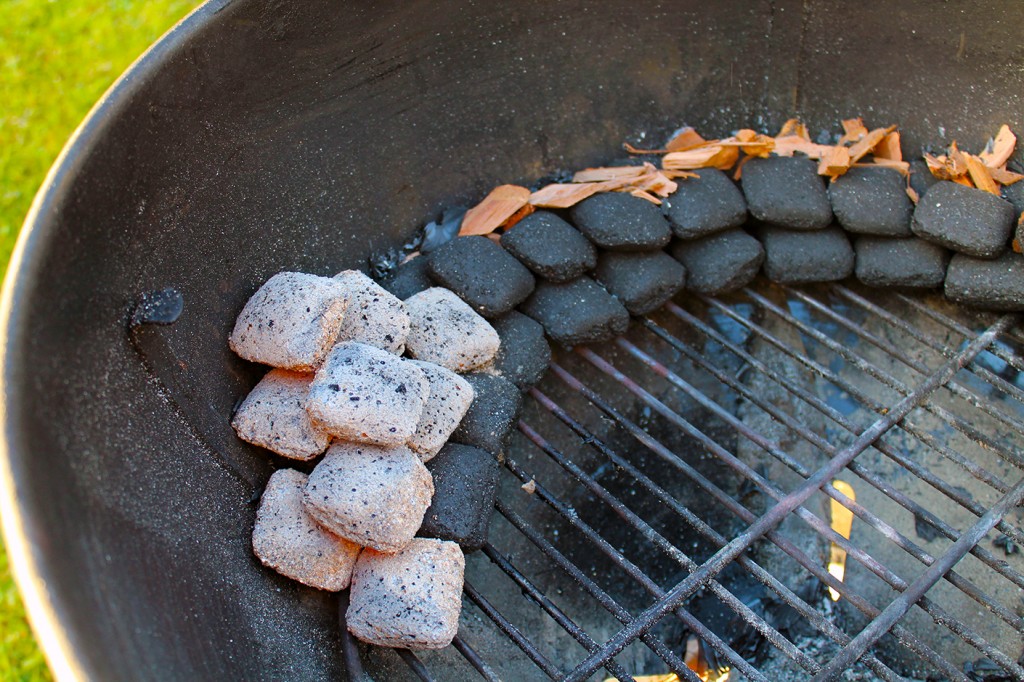


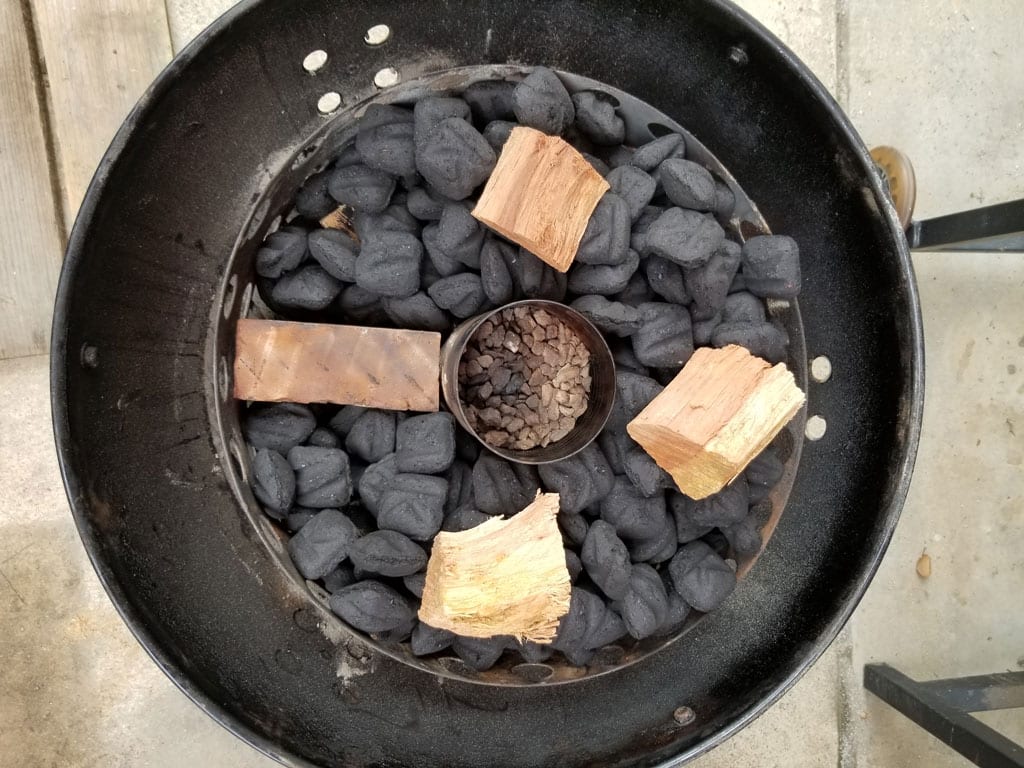




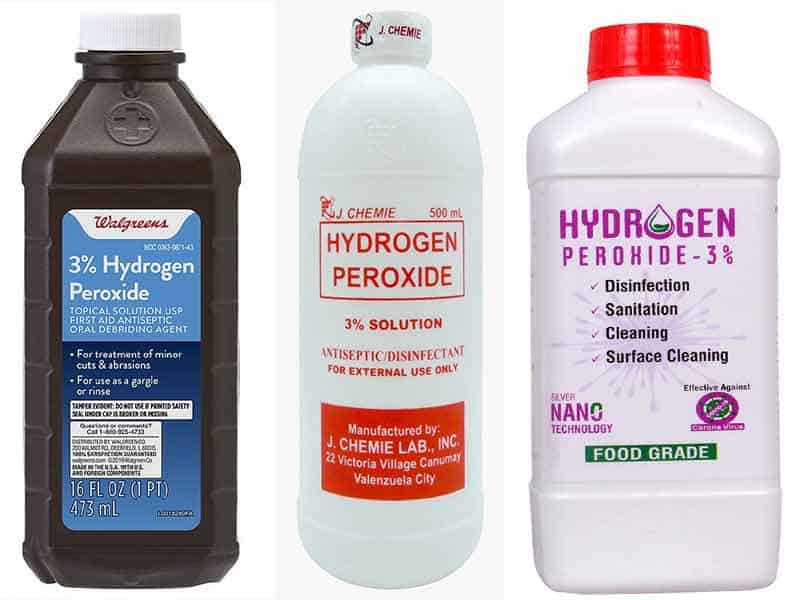
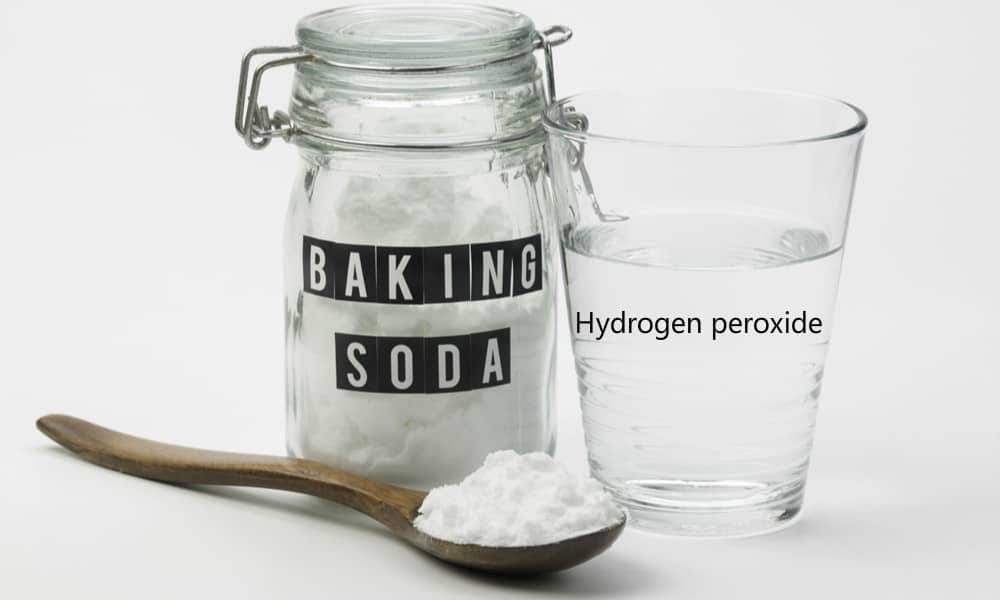




/cdn.vox-cdn.com/uploads/chorus_image/image/54733803/Living_Room_Day.0.jpg)

